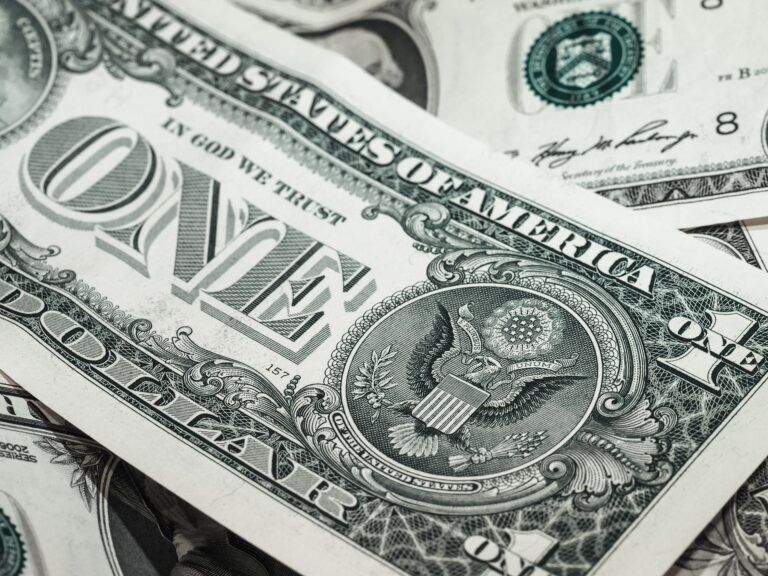
In a Bloomberg News article (published earlier today) by Olga Kharif and Yueqi Yang, the complexities surrounding stablecoins, particularly in the wake of Silicon Valley Bank’s collapse, are meticulously examined. The report highlights the precarious balance stablecoins maintain between the crypto universe and traditional financial systems, underscoring their potential to both stabilize and destabilize markets.
Stablecoins’ Stability Put to the Test
Bloomberg’s Kharif and Yang delve into the aftermath of Silicon Valley Bank’s failure, which left Circle Internet Financial Ltd., a prominent crypto company, unable to access $3.3 billion of its USD Coin (USDC) cash reserves. This incident sparked a panic among traders, momentarily dragging USDC’s value below its $1 peg. The government’s intervention to secure the bank’s depositors ultimately restored USDC’s price, prompting Circle to enhance the market infrastructure behind USDC, aiming to establish it as the most reliable digital dollar on the internet.
The Interconnectedness of Crypto and Traditional Finance
The article points out the growing interconnectedness between stablecoins, valued at $136 billion as of late January, and traditional financial markets. It mentions that this relationship raises concerns among experts like Hilary Allen, a law professor at American University Washington College of Law, who fears that stablecoins’ integration into mainstream financial activities could pose risks to the broader system.
Major Financial Institutions Embrace Stablecoins
<!–
–> <!–
–>
Bloomberg’s report says that despite skepticism from figures like JPMorgan Chase & Co. CEO Jamie Dimon, major financial entities are increasingly adopting stablecoins. BlackRock Inc. now manages USDC reserves, and Bank of New York Mellon Corp. custodies them. The report goes on to say that the involvement of traditional finance giants in the stablecoin space signifies a shift towards recognizing the utility and profitability of these digital assets, especially in light of the Federal Reserve’s rate hikes, which allow stablecoin issuers to collect yields from investments in traditional financial instruments like US Treasuries.
Regulatory Concerns and the Future of Stablecoins
Bloomberg’s report also touches on the regulatory landscape, noting the Federal Reserve Bank of New York’s comparison of stablecoins to money-market funds and the potential for stablecoins to trigger financial instability. The article recounts various instances of stablecoin runs and the risks they pose to asset markets backing these tokens. Federal Reserve Governor Michelle Bowman’s call for stablecoin issuers to be subject to the same regulations as banks underscores the urgency for clear regulatory frameworks to mitigate these risks.
Innovation Amid Uncertainty
Finally, the Bloomberg piece states that despite regulatory challenges, traditional finance giants and crypto-native entities alike are exploring stablecoins’ potential to revolutionize payments and settlements. It cites PayPal Holdings Inc. and MoneyGram International Inc. as examples of companies that are developing stablecoin-based services, indicating a broad interest in leveraging blockchain technology to enhance financial transactions.
Featured Image via Pixabay
- SEO Powered Content & PR Distribution. Get Amplified Today.
- PlatoData.Network Vertical Generative Ai. Empower Yourself. Access Here.
- PlatoAiStream. Web3 Intelligence. Knowledge Amplified. Access Here.
- PlatoESG. Carbon, CleanTech, Energy, Environment, Solar, Waste Management. Access Here.
- PlatoHealth. Biotech and Clinical Trials Intelligence. Access Here.
- Source: https://www.cryptoglobe.com/latest/2024/02/cryptos-trojan-horse-stablecoins-stealthy-takeover-of-finance/



